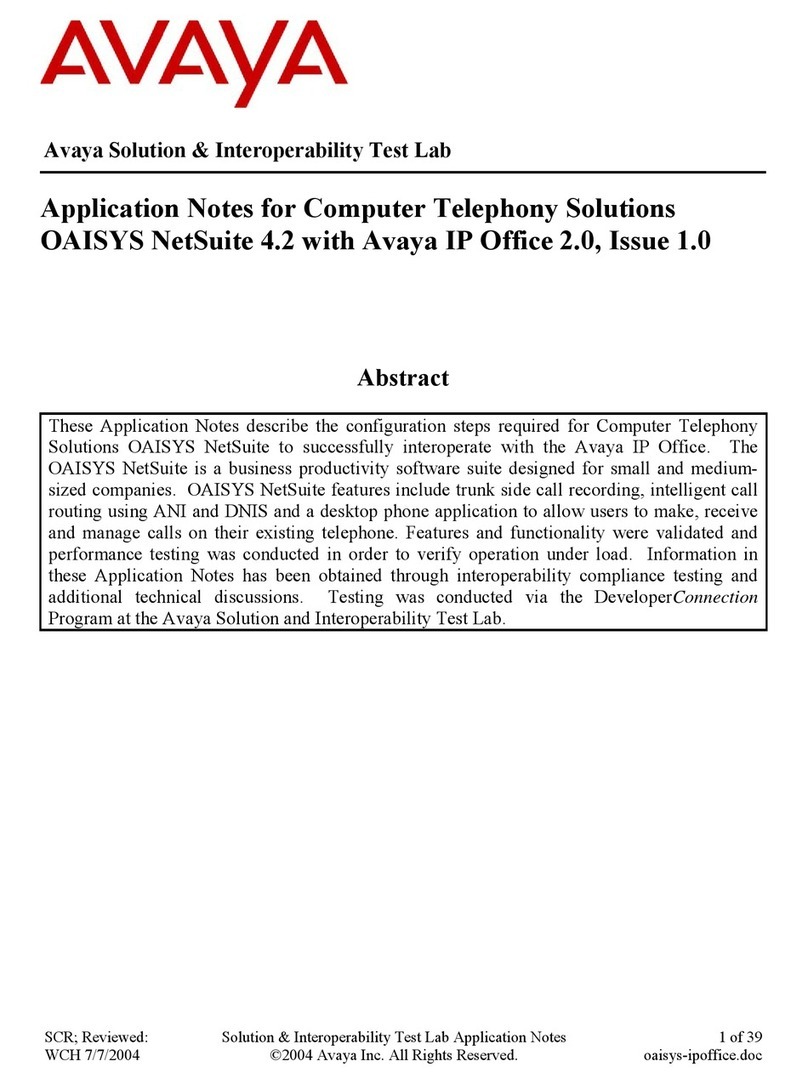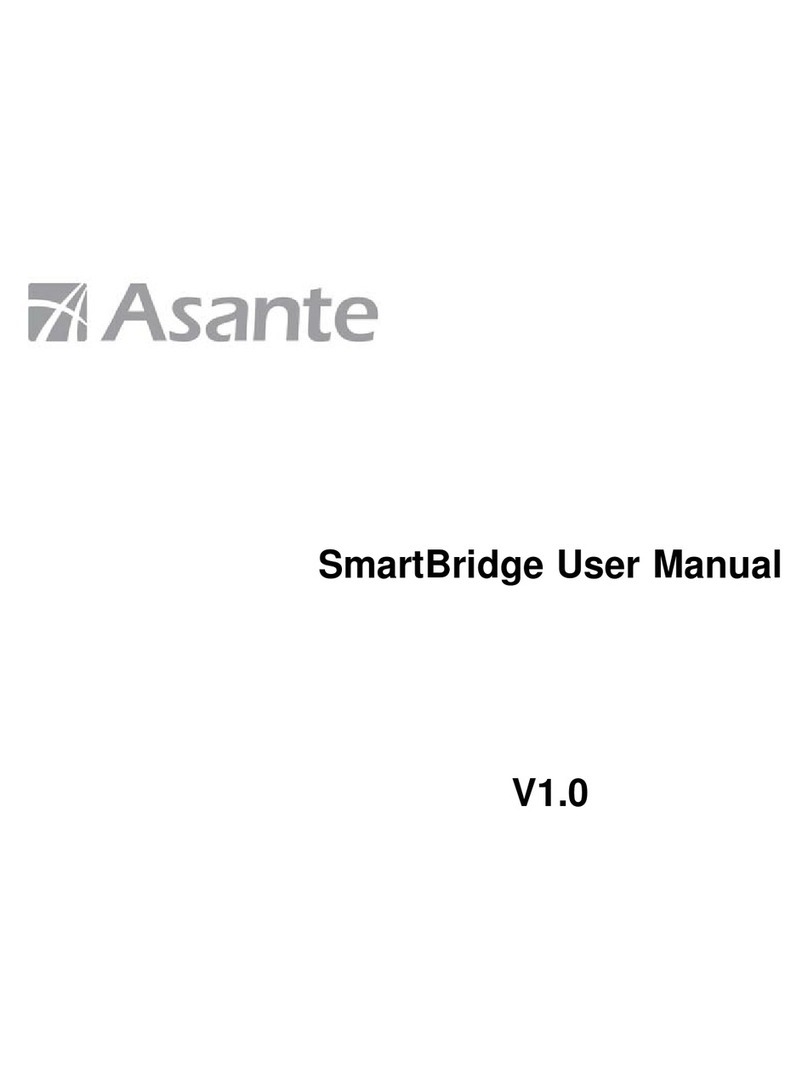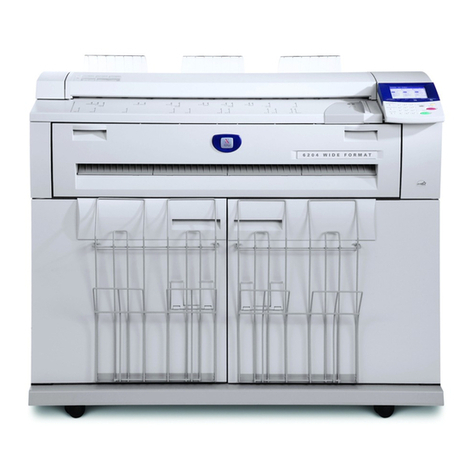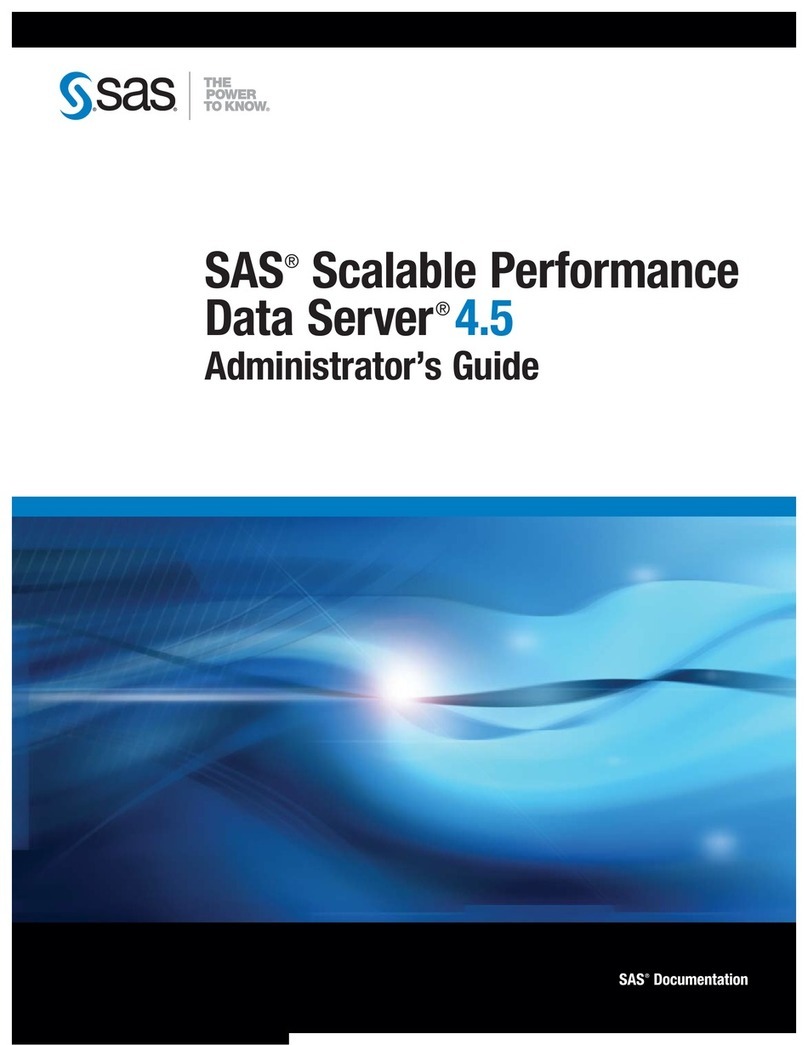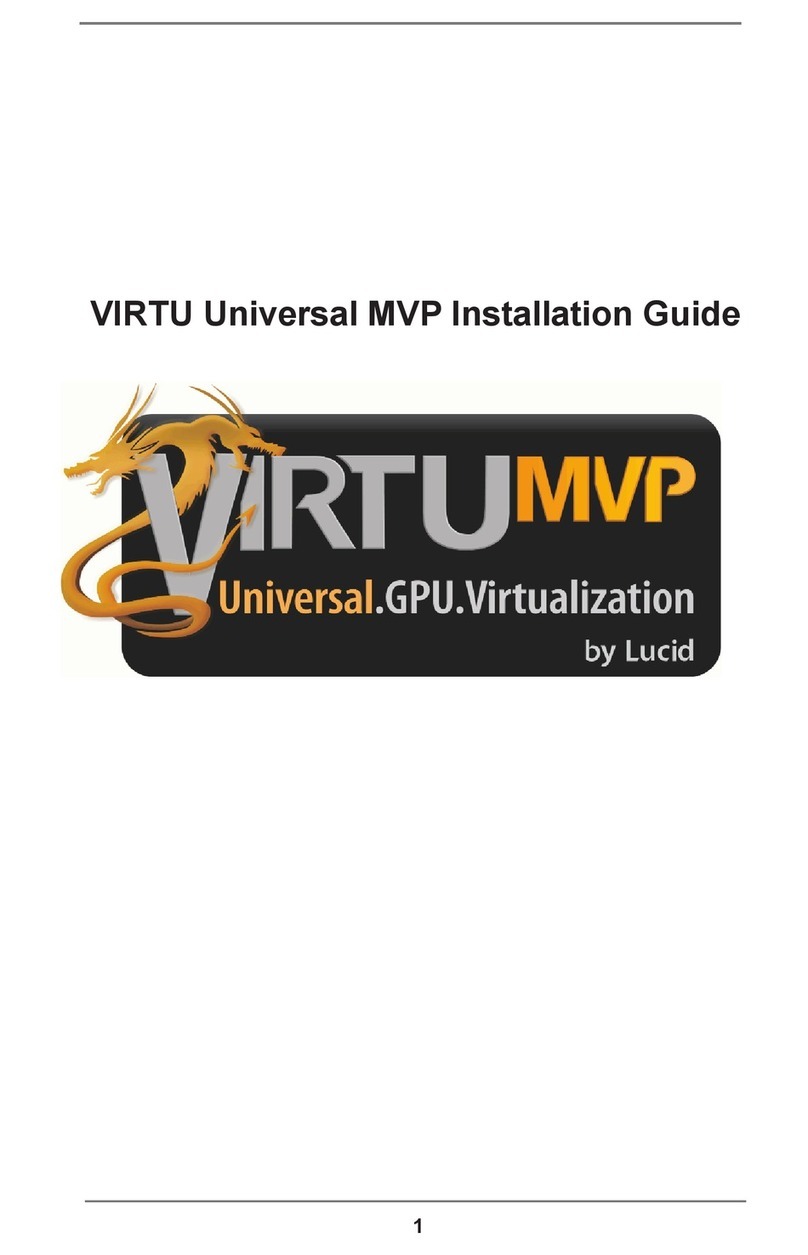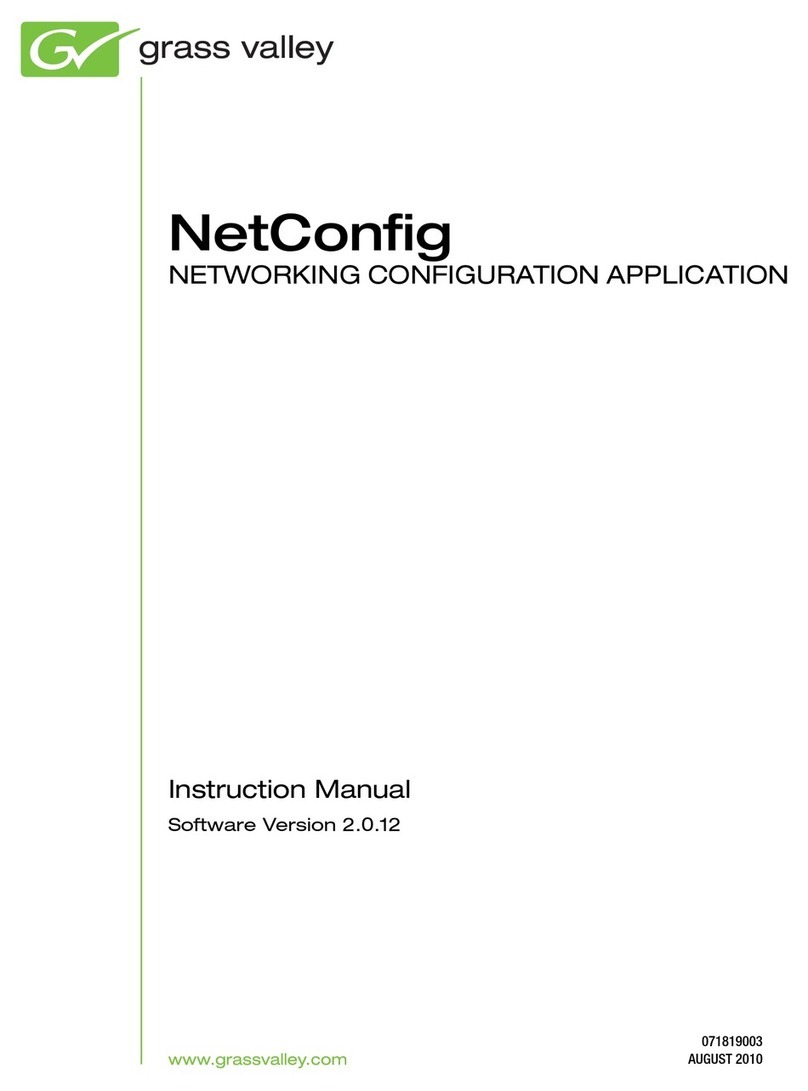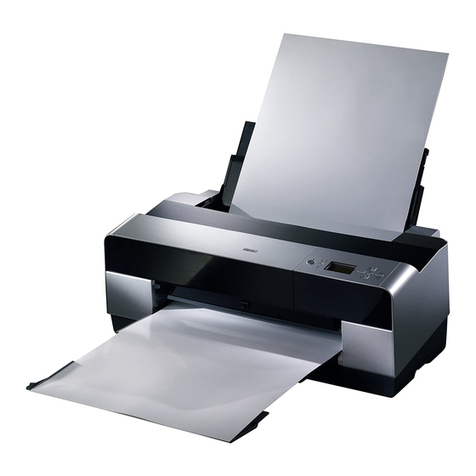
10
When the same filename exists at the destination, we recommend that before splitting the file, you either
change the destination filename or delete it. See “Changing the Filename” (vpage 23) for details on how
to change filenames. See “Deleting Tracks” (vpage 28) for details on how to delete tracks.
• The splitting time depends on the length of tracks and number of splits. The longer the track, or the
greater the number of splits, the more splitting time it takes.
• During Auto MP3 Splitter operation, splitting will not be performed accurately if the number of tracks is
too low or too high. Change the “Threshold Value” in Step 4, and perform splitting again, either by Auto
or Manual (“Manual MP3 Splitter” vpage 11).
• When the split file is not displayed, select the file from “My Documents¥My Music¥DENON¥AUDIOxxx”
with “Menu” – “Track Cue” – “File/Add URL”, and click on “All Audio”.
NOTE
If the final track is shorter than 10 seconds, Auto MP3 Splitter operation cannot be performed. In this case,
do the splitting manually (“Manual MP3 Splitter” vpage 11).
About split files
• Splitting is performed in order of the filenames (“AUDIO000.mp3”, “AUDIO001.mp3” …) stored in the
USB flash drive used by the main unit.
When these files are split by Trans Music Manager’s Auto MP3 Splitter or Manual Splitter, a new folder
is created; the split files are given new names and stored in “My Documents¥My Music¥DENON¥<AU
DIOxxx>”.
For example, when splitting the file “AUDIO000.mp3”, the name if the split file becomes “AUDIO000_
01.mp3”, “AUDIO000_02.mp3”, etc., in order, and is stored in the folder “AUDIO000”.
• When the same filename exists at the destination, the following message is displayed.
[Selectable items]
Overwrite : Overwrites a split file on an existing file.
Skip : Skips recording a split file.
Renumber New File : Changes the appended number in the filename of a split file.

